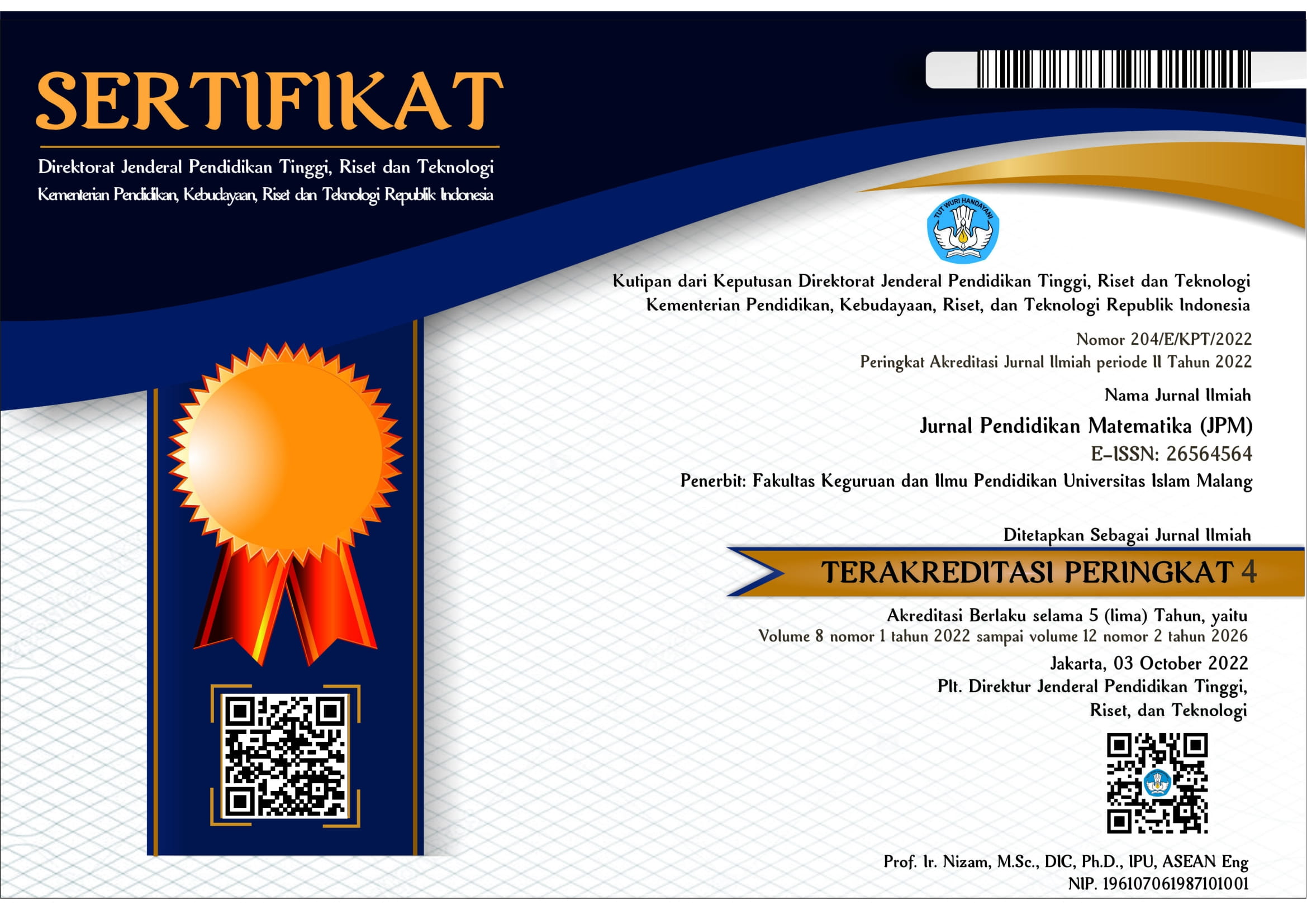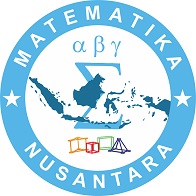MEMINIMALKAN KESALAHAN KONSEP PECAHAN MELALUI PEMBELAJARAN PENEMUAN TERBIMBING DENGAN GESTURE PRODUKTIF PADA SISWA SMP
DOI:
https://doi.org/10.33474/jpm.v1i2.718Keywords:
guided discovery learning, gesture, fractionsAbstract
Not easy to bring the students are able to understand the concept and meaning of fractions so we need a change in the way teaching is done by teachers because of possible knowledge is still limited so that the teacher always used the same way of time. In anticipation of this problem it is necessary to look for a formula appropriate learning so as to improve the ability to solve mathematical problems, especially in fractions. Teachers should continue to develop and implement a variety of ways variance so that students interested and excited in participating in math class one through guided discovery methods. From the above data shows that mistakes students in concepts and problem solving 13%, this means that the mistakes made by the students at the time of surgery to learn fractions and solving problems can be minimized by guided discovery learning. Guided discovery learning, which is examined in this study is to present the information by observing the shape of object manipulation, making conjectures, explain, and evaluateReferences
Alibali, M. W., Kita, S., & Young, A. 2000. Gesture and the Process of Speech Production: We think, Therefore we Gesture. Language and Cognitive Processes, 15, 593–613.
Arzarello, F. 2006. Semiosis as a Multimodal Process. Revista Latinoamericana de Investigacion en Matemática Educativa, Numero Especial, 267–299.
Behr, M. J., Harel, G., Post, T., & Lesh, R. 1992. Rational Number, Ratio, and Proportion. In D. A. Grouws (Ed.) Handbook of Research on Mathematics Teaching and Learning (pp. 296 –333). New York:Macmillan.
Edward, L. 2009. Gestures and Conceptual İntegration in Mathematical Talk. Educational Studies in Mathematics Volume 70, Issue 2 , pp 127-141. Springer Netherlands
Goldin-Meadow, S. 2003. Hearing Gestures: How our Hands Help us Think. Chicago: University of Chicago Press.
Mack, N. K. 1990. Learning Fractions with Understanding: Building on İnformal Knowledge. Journal for Research in Mathematics Education, 21(1), 16–32.
McNeill, D. 1992. Hand and Mind: What Gestures Reveal about Thought. Chicago: University of Chicago Press.
McNeill, D. (Ed.). 2000. Language and Gesture. Cambridge: Cambridge University Press.
Muhsetyo, Gatot,dkk. 2007. Pembelajaran Matematika SD. Jakarta: Universitas Terbuka
Sobel, M.A. & Maletsky, E.M.. 1975. Teching Mathematics: A. Sourcebook of Aids, Activities, and Strategies. New Jersey: Prentice-Hall.
Sucipto. 2009. Meminimalkan Miskonsepsi Operasi Pecahan melalui Metode Pembelajaran Teknik Discovery Siswa Kelas V SDN Purwantoro 5 Malang. Penelitian tidak dipublikasikan: Universitas Wisnuwardhana Malang.





_-_Copy.jpg)
.jpg)
.jpg)










